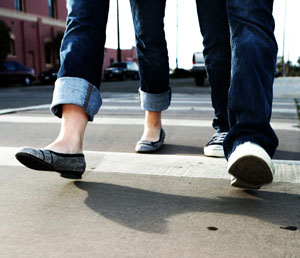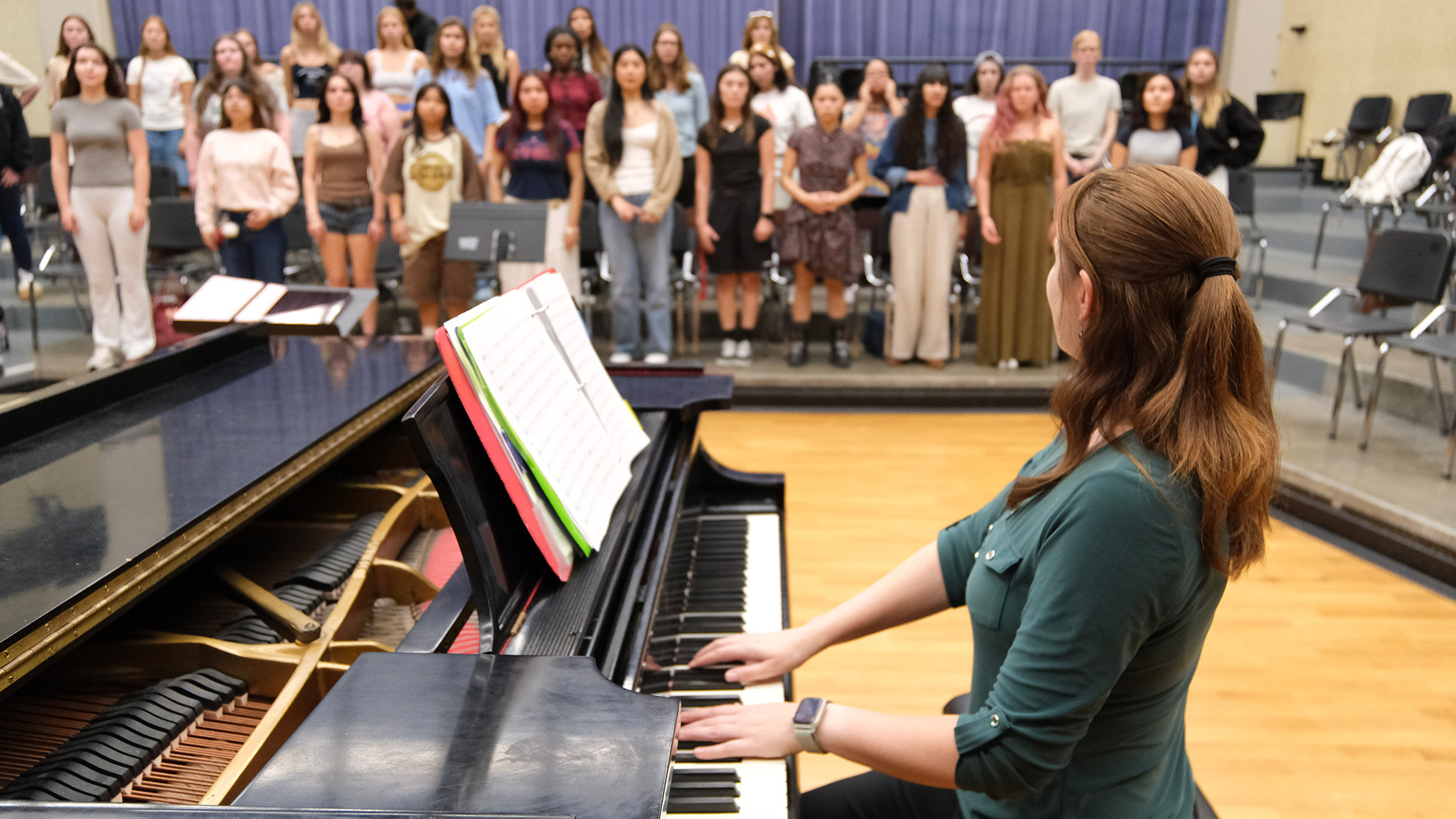City Dwellers Worldwide Healthier than Suburban Counterparts
SDSU study finds people who live in city neighborhoods twice as likely to get exercise

Sidewalk to health
Researchers looked at data from 11,541 survey participants in 11 countries, which included the United States, Lithuania, Brazil, Sweden and Japan. Those individuals who reported living in a city neighborhood with easy access to sidewalks were 15-50 percent more likely to get moderate-to vigorous activity at least five days a week for at least 30 minutes each day.
SDSU professor and lead author Jim Sallis said this is likely because sidewalks can be used for recreation like jogging and in-line skating as well as for transportation, in lieu of using a car or other means of transportation.
“Even in this group of culturally diverse countries, this one factor held consistent,” Sallis said. “Many of these activity-friendly neighborhoods also had most people living within a close 10-15 minute walking distance to recreation facilities, shopping or mass transit stops. People who lived in the most activity-friendly neighborhoods were twice as likely to meet physical activity guidelines as those living in activity-unfriendly areas.”
Fitness from the ground up
Sallis said this new study provides further evidence that incorporating sidewalks into existing neighborhoods would be a practical and relatively inexpensive way of encouraging people to exercise.
“Designing neighborhoods to support physical activity for recreation and transportation purposes should be a public health priority around the world.”
Sallis and his fellow researchers also recently completed a long-term study focusing on communities in the United States which also found that people living in high-walkable communities got substantially more exercise and were less likely to be overweight than those living in low-walkable areas.
About SDSU’s Active Living Research
SDSU’s Active Living Research is a national program of the Robert Wood Johnson Foundation. The focus of ALR is to identify environmental factors that influence physical activity and use the findings to inform policy, design of the built environment and other factors to promote active living.



